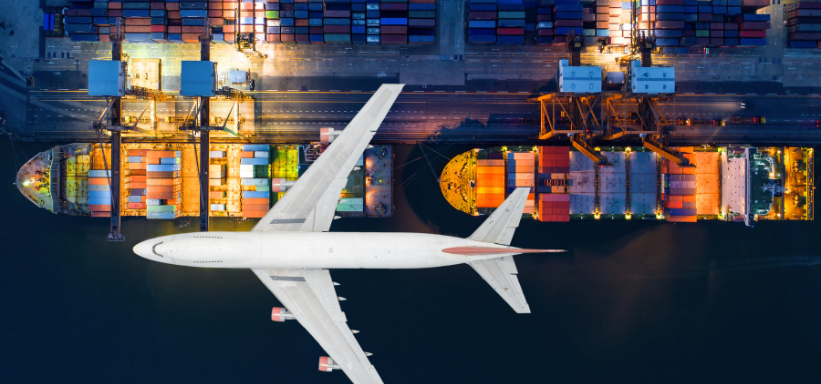Executive Summary
-
Understand the complexities of cross-border logistics, from customs regulations to shipping delays.
-
Discover the benefits of effective logistics management, including cost savings and improved customer satisfaction.
-
Explore common challenges faced and strategies to overcome them.
-
Learn a step-by-step process to streamline cross-border fulfillment.
-
Gain insights from a case study of a company that successfully navigated these challenges.
Introduction
In today’s globalized economy, businesses are increasingly looking to expand their reach beyond domestic borders. However, managing cross-border logistics and fulfillment can be a daunting task, fraught with numerous challenges such as regulatory compliance, differing customs procedures, and unexpected shipping delays. For investors, founders, and corporates aiming to tap into new markets, understanding and overcoming these hurdles is crucial for success. This article will delve into the complexities of cross-border logistics, offering insights and strategies to manage these challenges effectively.
Definitions / Context
Cross-Border Logistics refers to the planning, control, and execution of the movement of goods across international borders. Key components include customs clearance, international shipping, and compliance with local regulations.
Fulfillment involves all the steps necessary to deliver a product to the end customer, including warehousing, order processing, and shipping.
Benefits / Pros
-
Cost Efficiency: Streamlined logistics can reduce transportation costs and improve profit margins.
-
Market Expansion: Effective cross-border logistics enable access to a broader customer base.
-
Customer Satisfaction: Timely and reliable delivery enhances customer experience and loyalty.
-
Competitive Advantage: Companies that master logistics can outperform competitors in international markets.
Risks / Cons / Challenges
-
Regulatory Compliance: Navigating different countries’ regulations can be complex and time-consuming.
-
Shipping Delays: Unforeseen delays can lead to dissatisfied customers and financial losses.
-
Increased Costs: Tariffs, duties, and taxes can significantly increase costs.
-
Currency Fluctuations: Exchange rate volatility can impact pricing and profitability.
How to Streamline Cross-Border Fulfillment
-
Conduct Market Research: Understand target market regulations, customer preferences, and competitors.
-
Choose the Right Shipping Partners: Select carriers with experience in cross-border logistics.
-
Implement Technology Solutions: Use logistics software for real-time tracking and inventory management.
-
Stay Compliant: Work with experts to ensure compliance with all local laws and regulations.
-
Monitor and Optimize: Continuously review processes and seek improvements.
GlobalTech Innovations successfully expanded into Europe by partnering with a logistics provider specializing in cross-border shipments. By integrating a comprehensive logistics management system, they reduced delivery times by 30% and cut costs by 15%, ultimately boosting their market share.
Optimizing European Expansion Through Strategic Logistics–
Expert Tips / Strategic Insights
-
Leverage Technology: Utilize AI and machine learning for demand forecasting and route optimization.
-
Build Relationships: Establish strong relationships with local customs officials and logistics partners.
-
Stay Informed: Regularly update your knowledge on international trade agreements and regulations.
-
Plan for Contingencies: Develop contingency plans for potential disruptions in the supply chain.
Tools / Resources / Calculators
-
Customs Duty Calculator: Estimate duties and taxes for different markets.
-
Cross-Border Compliance Checklist: Ensure all necessary steps are taken for international expansion.
-
Logistics Software: Platforms like ShipBob or Flexport for managing cross-border operations.
Conclusion
Successfully managing cross-border logistics and fulfillment challenges is essential for businesses seeking global expansion. By understanding the intricacies of international shipping, leveraging technology, and staying compliant with regulations, companies can unlock new markets and drive growth. For tailored solutions and expert advice, consider consulting with logistics professionals.






















